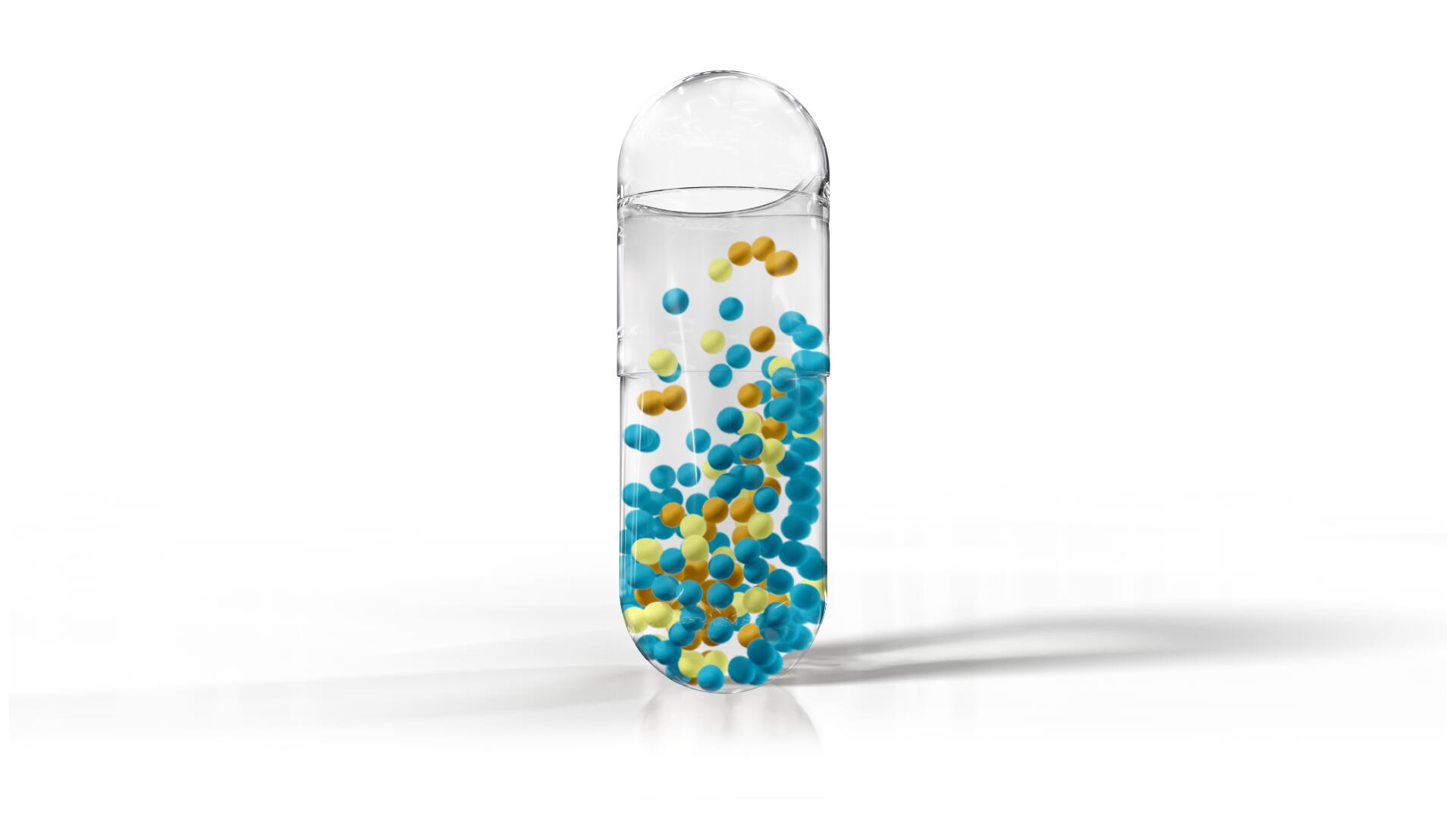The China headquartered-company is well-known for hyaluronic acid ingredients.
However, it is also expanding its other portfolios, in this case, ingredients supporting mitochondrial function and glycobiology, which are its strategic focus for this year.
“Our strategic positioning for this year for Bloomage is to expand from our traditional focus of hyaluronic acid to glycobiology and cell biology,“ Jean Zhao, nutrition and health raw materials deputy general manager told NutraIngredients-Asia.
“In terms of glycobiology, sialic acid and N-acetylglucosamine (NAG) are compounds related to this area, while anti-ageing through supporting mitochondrial function is an important aspect of cell biology, which is why we have launched Mitoplan - a series of ingredients targeted at mitochondrial dysfunction," she explained.
The company unveiled its mitochondrial function support ingredient portfolio known as Mitoplan during Food Ingredients China (FI-China) held in Shanghai during March 17 to 19.
The latest addition to the portfolio is a L-ergothioneine ingredient marketed as MitoEGT. The ingredient was launched during the show.
Known for its anti-oxidative effects, L-ergothioneine is also one of the trending ingredients in China at the moment.
This is the second ingredient from its Mitoplan portfolio. Its first mitochondrial function support ingredient is MitoPQQ launched last year. As its name suggests, MitoPQQ is a pyrroloquinoline quinone (PQQ) ingredient by Bloomage.
A potent antioxidant, MitoEGT can help address mitochondrial dysfunction through its antioxidative effects on reactive oxygen species.
Its main purpose is for supporting both cognitive health and skin health.
Zhao pointed out that the ingredient could support brain health through its ability to pass through the blood-brain barrier, reduce both inflammation and oxidative stress - which is a main reason for mitochondrial dysfunction.
A mouse ageing model conducted by Bloomage found that L-ergothioneine intervention could significantly improve the recognition memory of aging mice.
It also alleviated mitochondrial function by regulating the AMPK/SIRT1/PGC-1α pathway, which in turn attenuated D-galactose induced hippocampal neuronal injury and improved the learning and memory abilities in mice.
Other benefits reported include attenuating oxidative stress. Findings were reported in the journal Food and Function.
As for skin health, the ingredient works by strengthening the skin barrier, repairing damaged DNA and brightening the skin.
Zhao said Bloomage has been working on L-ergothioneine as an ingredient earlier for use in skincare and cosmetics.
In terms of oral use, the ingredient has been approved as a novel food which is safe for use by European Food Safety Authority (EFSA).
Even so, the company noticed that the ingredient was not widely applied across the nutraceutical industry - which led the company to study its mechanism of action and potential for use in nutraceuticals.
MitoEGT has also achieved US’s self-affirmed GRAS (Generally Recognized as Safe) recognition, and can be applied to supplement formats like capsules, powder, liquid, and tablets.
At the moment, the company will be focusing on the US market and China’s cross-border e-commerce (CBEC) platform when promoting this particular ingredient to product brand owners.
The US is a main target because the ingredient has attained self-GRAS recognition in the country, and the market has a higher market awareness when it comes to healthy ageing and mitochondrial function.
With businesses in both functional foods and cosmetic skincare sectors, Zhao added that the general trend among both industries is the pursuit of ingredients with stronger functional use.





